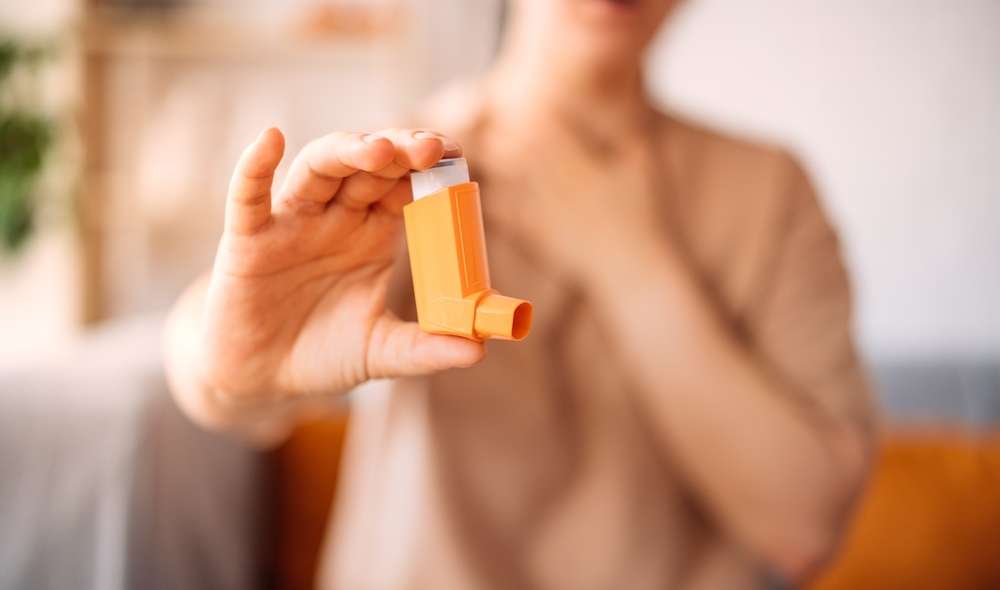Understanding Hydromax for Men: A Complete Guide to This ED Treatment
Hydromax represents a vacuum-based approach to addressing erectile dysfunction that has gained attention in recent years. This non-invasive treatment method uses hydro-based technology to promote blood flow and potentially improve erectile function. For men exploring alternatives to traditional ED medications, understanding how Hydromax works, its safety profile, and practical considerations can help inform treatment decisions alongside healthcare provider guidance.

Erectile dysfunction affects millions of men worldwide, leading many to explore various treatment options beyond traditional medications. Hydromax devices have emerged as a non-pharmaceutical approach that utilizes vacuum therapy principles combined with water-based technology. These devices are designed to create controlled pressure environments that may help improve blood circulation and erectile function.
What Hydromax for Men Is and Who It’s For
Hydromax devices are water-based vacuum pumps specifically designed for men experiencing erectile dysfunction or those seeking to maintain penile health. Unlike air-based vacuum pumps, these devices use warm water to create a more comfortable and potentially more effective treatment environment. The target demographic includes men with mild to moderate erectile dysfunction, those who cannot take oral ED medications due to health conditions or drug interactions, and individuals seeking non-pharmaceutical treatment options.
These devices are particularly suitable for men who prefer privacy in their treatment approach or those who want to avoid potential side effects associated with oral medications. However, they require commitment to regular use and proper technique to achieve optimal results.
How Hydromax Works: Mechanisms and Evidence
The mechanism behind Hydromax devices involves creating controlled negative pressure using warm water rather than air. Users fill the device with warm water, insert themselves, and activate the pumping mechanism. This creates a vacuum effect that draws blood into the penile tissues, potentially promoting improved circulation and tissue expansion.
The water-based approach offers several theoretical advantages over traditional air pumps. Warm water may provide more even pressure distribution and reduce the risk of tissue damage that can occur with air-based systems. The hydrostatic pressure created by water may also feel more natural and comfortable during use.
Clinical evidence for water-based vacuum therapy remains limited compared to established ED treatments. Some studies suggest that vacuum therapy, in general, can be effective for certain types of erectile dysfunction, particularly those related to blood flow issues. However, more research is needed to establish the specific efficacy of water-based systems compared to traditional approaches.
Safety, Side Effects, and Contraindications
Hydromax devices are generally considered safe when used according to manufacturer instructions. Common side effects may include temporary skin discoloration, mild bruising, or discomfort during initial use. These effects typically diminish as users become accustomed to the device and proper technique.
More serious but rare complications can include tissue damage from excessive pressure or prolonged use. Users should never exceed recommended pressure levels or duration of use. The warm water component reduces some risks associated with air-based systems but doesn’t eliminate all potential complications.
Contraindications include certain blood clotting disorders, use of blood-thinning medications, and specific penile conditions such as Peyronie’s disease in its acute phase. Men with cardiovascular conditions should consult healthcare providers before beginning any vacuum therapy regimen.
Expert Perspectives and Clinical Findings
Urologists and sexual health specialists generally view vacuum therapy as a legitimate treatment option for erectile dysfunction, particularly for men who cannot use or prefer not to use oral medications. Many experts emphasize that while vacuum devices can be effective, they require proper education and realistic expectations.
Clinical findings suggest that vacuum therapy works best as part of a comprehensive approach to ED treatment. Success rates vary widely depending on the underlying cause of erectile dysfunction, with better outcomes typically seen in men with vascular-related ED compared to those with neurological or psychological causes.
Some healthcare providers recommend vacuum therapy as a first-line treatment for men with specific health conditions that make oral medications inadvisable. Others suggest it as an adjunct therapy to help maintain penile health during other treatments.
Practical FAQs, Usage Guidance, and Privacy Considerations
Common questions about Hydromax devices include optimal usage frequency, maintenance requirements, and expected timelines for results. Most manufacturers recommend daily use for 15-20 minutes, though individual protocols may vary based on specific needs and tolerance.
Proper maintenance involves thorough cleaning after each use with mild soap and warm water, complete drying before storage, and regular inspection for wear or damage. Users should replace devices according to manufacturer recommendations to ensure safety and effectiveness.
Privacy considerations make these devices attractive to many men. They can be used at home without prescription requirements or pharmacy visits. However, users should still discuss their use with healthcare providers, especially if they have underlying health conditions or take medications that might interact with vacuum therapy.
Storage and discretion are practical concerns for many users. Most devices come with carrying cases and can be stored discreetly. The water-based nature means users need access to warm water and privacy for the 15-20 minute sessions.
This article is for informational purposes only and should not be considered medical advice. Please consult a qualified healthcare professional for personalized guidance and treatment.




